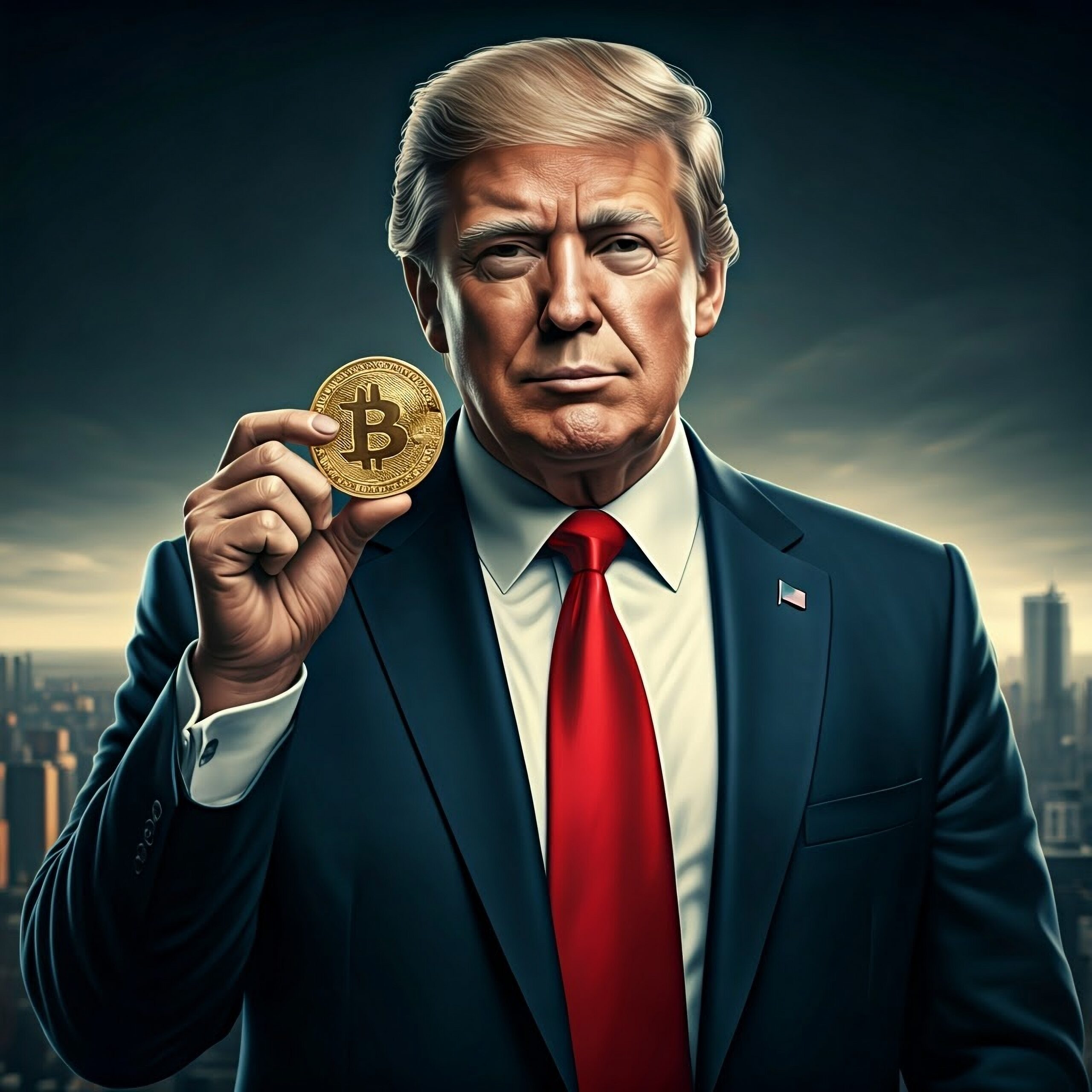The Historic Crypto Summit at the White House
Last Friday, an event unfolded in Washington, D.C. that had been anticipated for years—the first-ever Crypto Summit hosted by the White House. This landmark gathering drew attention from across the nation as industry magnates, innovative thinkers, investors, and key government officials came together to discuss the future of digital assets in the United States. However, while the summit was a milestone for the crypto community, the ripples of its impact were felt more the evening prior when President Trump unveiled a game-changing executive order.
The Strategic Bitcoin Reserve Announcement
On Thursday night, just hours before the summit, President Trump made headlines by announcing the establishment of a Strategic Bitcoin Reserve. This move, championed by crypto advocates for months, has stirred excitement and confusion in equal measure. The reserve will consist of Bitcoin (BTC) that the government has previously seized in criminal and civil forfeiture cases—meaning these assets won’t cost taxpayers a dime. Estimates suggest that the government holds approximately 200,000 BTC, though a comprehensive audit has yet to verify this figure.
What’s compelling about this reserve is its designated purpose; the assets will not be sold off for short-term gain. Instead, they will be held as a long-term store of value, representing a significant shift in how the U.S. views and handles digital assets. In essence, this strategy aims to optimize the government’s existing holdings while fostering a formal approach to cryptocurrency.
Insights From the Summit
During the Crypto Summit, President Trump reiterated his vision of making America the "crypto capital of the world." While the establishment of the Strategic Bitcoin Reserve is undeniably a step forward, the atmosphere was charged with mixed sentiments. Industry leaders had diverse opinions about the reserve. For instance, Coinbase CEO Brian Armstrong posited that a Bitcoin-only reserve might be the simplest course of action, while others advocated for a more diversified approach that encompasses Ethereum, Solana, XRP, and Cardano.
The executive order also introduced a U.S. Digital Asset Stockpile, a separate fund aimed to contain other seized digital assets aside from Bitcoin. This step reflects a growing recognition of the broader digital asset landscape, even if the immediate focus remains solely on Bitcoin. Government officials emphasized transparency in managing these holdings, mandating that all digital assets owned by the government be officially cataloged.
Market Reactions and Industry Expectations
Contrary to the excitement surrounding the summit, Bitcoin’s price trajectory took a downward turn post-event. Following the summit, Bitcoin experienced a 3% drop, finishing the week down nearly 7% at around $87,000. It further slipped to approximately $82,700 as market reactions settled. Analysts speculate that this decline stems from unmet expectations; many had anticipated more definitive government backing for Bitcoin acquisitions or concrete commitments toward regulatory changes.
While there was an optimistic vibe among some attendees, the overall sentiment remained cautiously optimistic. Criticism emerged regarding the reserve’s focus on Bitcoin at the expense of potential inclusivity for altcoins. Despite this, White House officials drew parallels between the new Bitcoin reserve and a "digital Fort Knox," asserting that this approach aims to prevent the costly mistakes of prior sell-offs, which reportedly resulted in billions of dollars in lost taxpayer value.
New Directions under Trump’s Administration
One of the most impactful messages to emerge from the summit was Trump’s declaration of an end to what he called the "federal bureaucracy’s war on crypto." This pivot marked a stark contrast to the previous administration’s stance and laid the groundwork for a more favorable climate for innovation. It provided a clear acknowledgment of the potential that digital assets hold while indicating that the administration seeks to nurture rather than stifle this burgeoning landscape.
In the backdrop, Trump had previously initiated a President’s Working Group on Digital Asset Markets, led by “crypto czar” David Sacks. This initiative is expected to develop regulatory frameworks for the cryptocurrency space in the coming months, addressing key issues such as crypto taxation and the operational guidelines for exchanges.
The Road Ahead for Cryptocurrency
Despite the sensational moment represented by the summit and the establishment of the Strategic Bitcoin Reserve, there remains a widespread anticipation for further developments. As the crypto community continues to grasp the implications of these government actions, there’s hope that a more structured and favorable regulatory environment will emerge.
The mere concept of a sitting U.S. president hosting a high-profile conference on cryptocurrency once seemed far-fetched. Yet, here we are, on the cusp of a new paradigm where digital assets have breached the highest levels of governance. As the implications of these initiatives continue to unfold, financial experts are closely watching how this will influence both market behavior and the establishment of similar reserves in other nations.
For crypto advocates, the landscape is changing rapidly, and while the trajectory remains a bit uncertain, the fight for legitimacy has firmly taken root in American policy. In this continuously evolving market, only time will reveal the full impact of these transformative steps.

